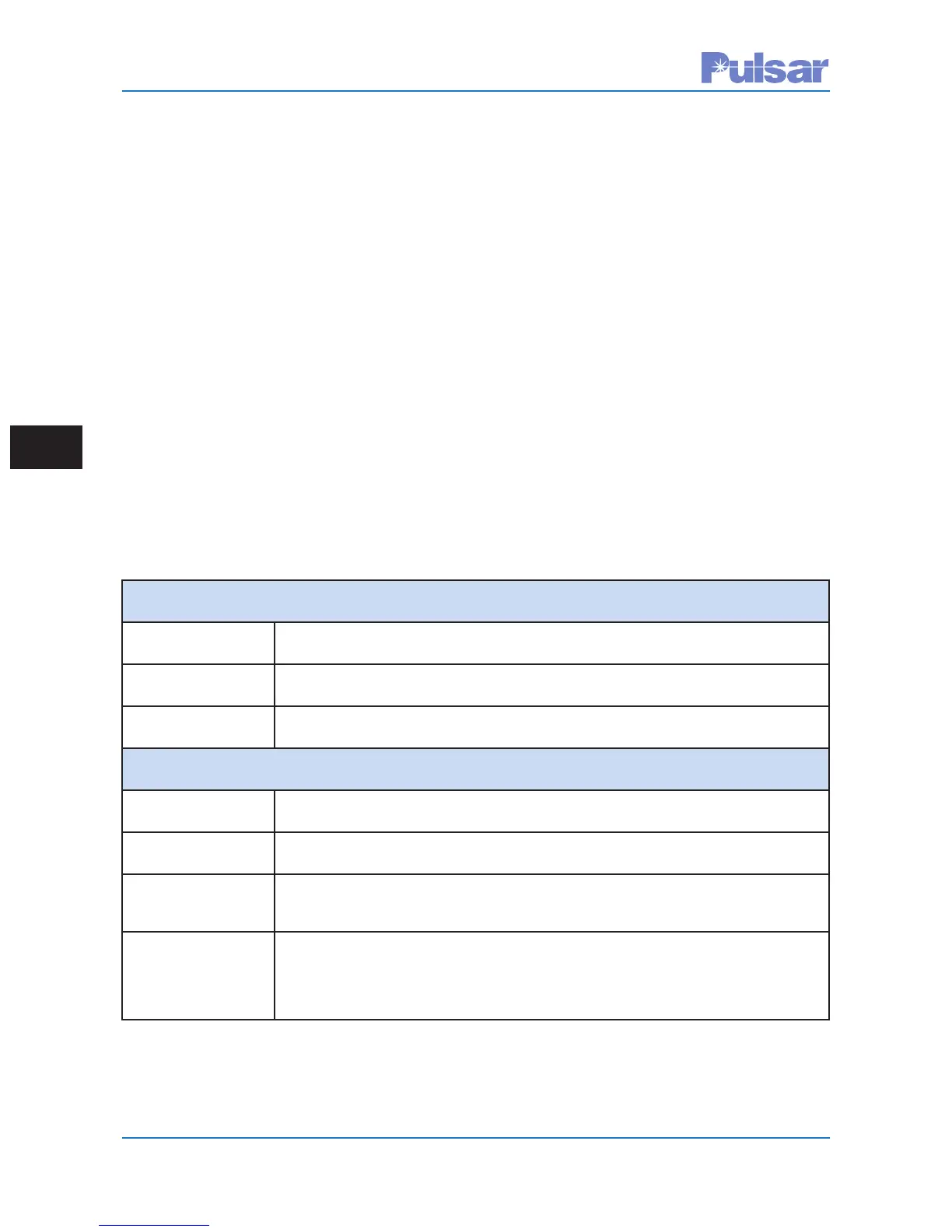Page 6–14
UPLC-II™ System Manual
BACK TRIP1 and shuts down the remote trans-
m
itter for 2 seconds. The remote transmitter is
then keyed to the lower trip frequency for 0.5 sec-
ond. This in turn produces a loss of channel and
DTT CHECKBACK TRIP (without a TRIP) at the
local end’s receiver. Then the system needs to
check for the LR TRIP function. In a similar way,
the local end will send a LR CHECKBACK TRIP
to the remote and the remote receives and then
returns a LR CHECKBACK TRIP to the local
receiver.
6.6.4 Trip Test Initiation
You initiate a trip test sequence by front panel test-
ing, web page request or asserting the trip test ini-
tiate input (if programmed).
6.6.5 Trip Test Pulse
This optional feature is used to verify that the
actual Trip Key input is operating by applying a
0.1 sec pulse to it at the beginning of the Trip Test.
This pulse is prevented from causing an actual
Trip Key during the test and is used only to verify
the input is good. This feature is only enabled
when an output is set to “Trip Test Pulse”.
Inputs
Menu Selection Description
Trip Test Pulsing this input initiates a Trip Test.
Disable Trip Test When activated the Trip Test is shut down.
Outputs
Menu Selection Description
Trip Test Failed Activates and latches when the Trip Test fails.
Trip Testing
Trip Test in progress. Activates at end that initiates Trip Test during the whole
test, but activates after a few seconds at remote end.
Trip Test Pulse
When selected, this activates a special Trip Test mode requiring this output to be
externally wired to the input which is set for keying Trip. If the pulse is not
received at the beginning of the test then the Trip Test fails.
Used to verify Trip Key input circuit is good.
Table 6–4. Trip Test Inputs / Outputs
